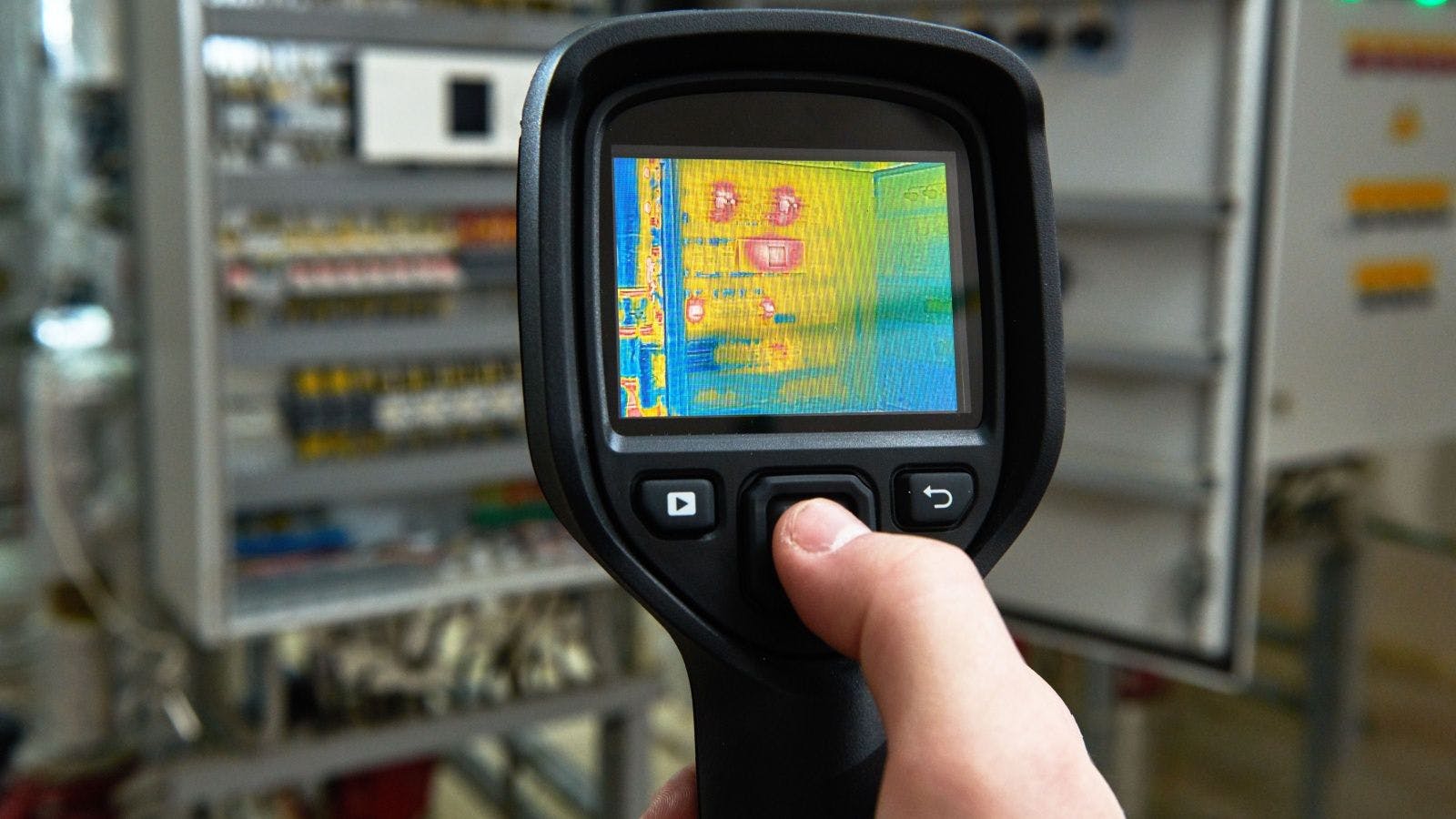
2018 Civil Engineering and Construction Technology Predictions
As the new year begins, commercial contractors and subcontractors continue to face a labor shortage, rising cost of materials and commodities and increased pressure to move further into the design phase of construction projects. At the same time, the industry will see continued innovation and adoption of technology that will help ease these challenges facing construction business owners.
Incivilengineeringandconstruction, thiswillmean more construction technology options for small and mid-size contractors, as well as more options direct from the manufacturer. There will be a bigger push in 2018 to improve the integrity of 3-D models in the field, with models continuing to transition from mere visualization tools to information-rich building tools. There will also be an opportunity for greater application integration into machine control platforms, as well as advancements in mixed-reality/UAV data analysis.
Five Key Predictions for the Civil Engineering and Construction Market in 2018
1. DirectFromtheManufacturerOptionsandGreaterConstruction Technology Accessibility
Thereisagrowingmovementtowardmanufacturesofferingbuilt-inmachinecontrolcapabilitiesasstandardoroptionalfeaturesonheavyequipmentpurchases, regardlessofthesizeofbudgetorsizeofthemachine. Thisprogresswillcontinuein 2018, whichopensautomatedmachineguidancesystemstocontractorsofallsizes. With these factory-installed options, contractorscanmeasuretheROIofthesefactory-installedoptionsfromdayone. Thismightincludegettingtogradefasterwithout pounding stakes, minimizingoperatorfatigueoreliminatingtheneedtohaveanextrapersononsitetocheckgrade.
Increasedaccesstositepositioningandmachinecontroloptionsmayalsoprovideopportunitiesforcontractorstotakeonmoreprojectsorexpandtheirservices, withoutaddingheavyequipmentorstaff. Owner/operatorsareinvestinginsitepositioningsystemsthatreducetheneedtohireprofessionalsurveyorstoperformmeasurementtaskssuchasstakingoutorverifyingelevations. Mobile, user-friendlysitepositioningequipmentaswellasmoreintuitive ‘automatic’ machinecontroloptionsarealsohelpingcontractorsclosetheskillsgapbyallowinginexperiencedoperatorstogettocentimeter-gradeaccuracyinafractionofthetime.
2. MoreAutomatics OptionsforSpecialized Machines
In 2018, there will continue to beincreasedadoptionofpositioningand 3-Dmachineguidancesystemsforspecializedmachinesintheconstructionindustry, suchascurbandguttermachines. Steering and elevation control onacurbandguttermachinewillsavecontractorstremendoustimebydelivering stringless operation at greateraccuracy. Thesesystemscombinesteeringalgorithmsalongwith 3-Dpositioningguidanceforsmoothentrancesandexits andtightercorneringforradiiwork. 2-D and 3-D automated machinecontroloptionsformini excavators and compact machine gradingattachmentswillspeed up tasks, suchastrenching, slope-cuttingandfinishingwork, helpingsmallandmid-sizecontractorsexpandtheirservicesandimproveutilizationoftheirspecializedandcompactequipment and ensuring all operators meet accuracy requirements.
3. ExpandedApplication Integration
Today, automatedmachineguidancesystemssuch asGPSsolutionsandhandheldGNSSdatacollectorsareoftenbuiltonopenoperatingsystemslikeAndroidinsteadofonproprietaryplatforms. Thismakesthetoolsmucheasiertouseandmorein-linewithpersonaltechnologyeveryone isfamiliarwith. Theyincludestreamlinedtouch-screendisplays, moreintuitivemenusandsimplifiednavigation. ConstructiontechnologybuiltonopenplatformsalsomeansthereismoreflexibilitytoaddothercommercialorcustomizedapplicationstotheplatformusingAPIs. Otherapplicationsloadedonthemachinecontrolplatformmayincludetimesheetapplications, maps, appsthatcollectmachineproductivitydata, orassettrackingprograms. Byleveragingthepowerandflexibilityoftheopenplatform, machinecontrolsystemswillbecomethe “centralizedinformationcenter”wheremachines, data andpeoplearealwaysconnectedandincommunicationacrossthejobsite.
4. Data-rich, Constructible 3-D Modelsinthe Field
Therewasatimewhen 3-Dmodelswereprimarilyusedasvisualizationtoolstoshowthe “finishedproduct”’ beforeconstructionbegan. In 2018 andbeyond, therewill beapushfor constructible 3-DBIM (BuildingInformationModels) modelstobecomemoreintelligentanddatarich, makingthemmuchmoreusefultobuilders. Byincludingmoreconstruction-readydatainthe 3-Dmodel, contractorscanachievesignificantgainsandcancontinuetoreducecostsduringallstagesofconstruction, fromexcavation, earthmovingandcompactingandfinishing, topipingandutilitiesandbridges. 3-Dmodelsthatincludeconstruction-readydatacanintegrateseveraldesignprocessestogether. Thisresultsinhigher-qualitydesigns, morequickly andatalowercost. Ascontractorscontinuetolookforwaystostreamlinecollaboration, identifyconflictssooneranddelivergreateraccuracy, thetrendofbringinginformation-rich 3-Dmodelsintothefieldwillcontinue.
5. UAVData/Mixed-realitySolutionsWillBecomeMoreMainstream
Today’scivilengineeringandconstructioncontractorsarefindingnewwaystousemixed-realitytechnology, UAVs (unmannedaerialvehicle) anddataanalysistoimproveefficiencyoncomplexbuildingprojects. Thiswillcontinuetogainmomentumascost-effectivecloud-baseddataanalysisprogramsbecomemoresophisticatedandenabledronedatatotiedirectlyintoexistingworkflowsandindustrydesignsoftware. Thesedataanalysisservicescannormalizescanneddronedatatoseeprojectprogressandmeasurevolumechangesatagivenprojectsiteovertime. Thismightincludecommercialsitemeasurementofstockpiles, squarefeetofrooflefttoputdownormeasurementsofconcretelefttopour.
Atthesametime, mixedreality (MR) applicationswillalsopickupsteamwithadvancementsthatimprovepositioningforaugmentedreality (AR) devices. MR realitytechnologyblendsrealworldobjectswithdigitalcontentinrealtimetohelpusersbettercollaborate. Asthistechnologydevelopsandpositioningimproves, contractorswillbeabletoloadjobsitemodelsintodisplayswhereitoverlaysthemodelontorealterrain.
In all, 2018 will be an exciting year for commercial contractors as the trend moves toward greater accessibility of more-intuitive, flexible machine control platforms. That coupled with the proliferation of data-rich 3-D models in the field and advancements in UAV data analysis and MR solutions will come together to help contractors maintain a laser focus on efficiency gains, improved collaboration and real-time information sharing. Look for these technologies to help contractors “stand out from the pack” in tackling increasingly complex projects while delivering the best possible product to customers.
Scott Crozier is with Trimble’s Civil Engineering and Construction Division.
Related stories








